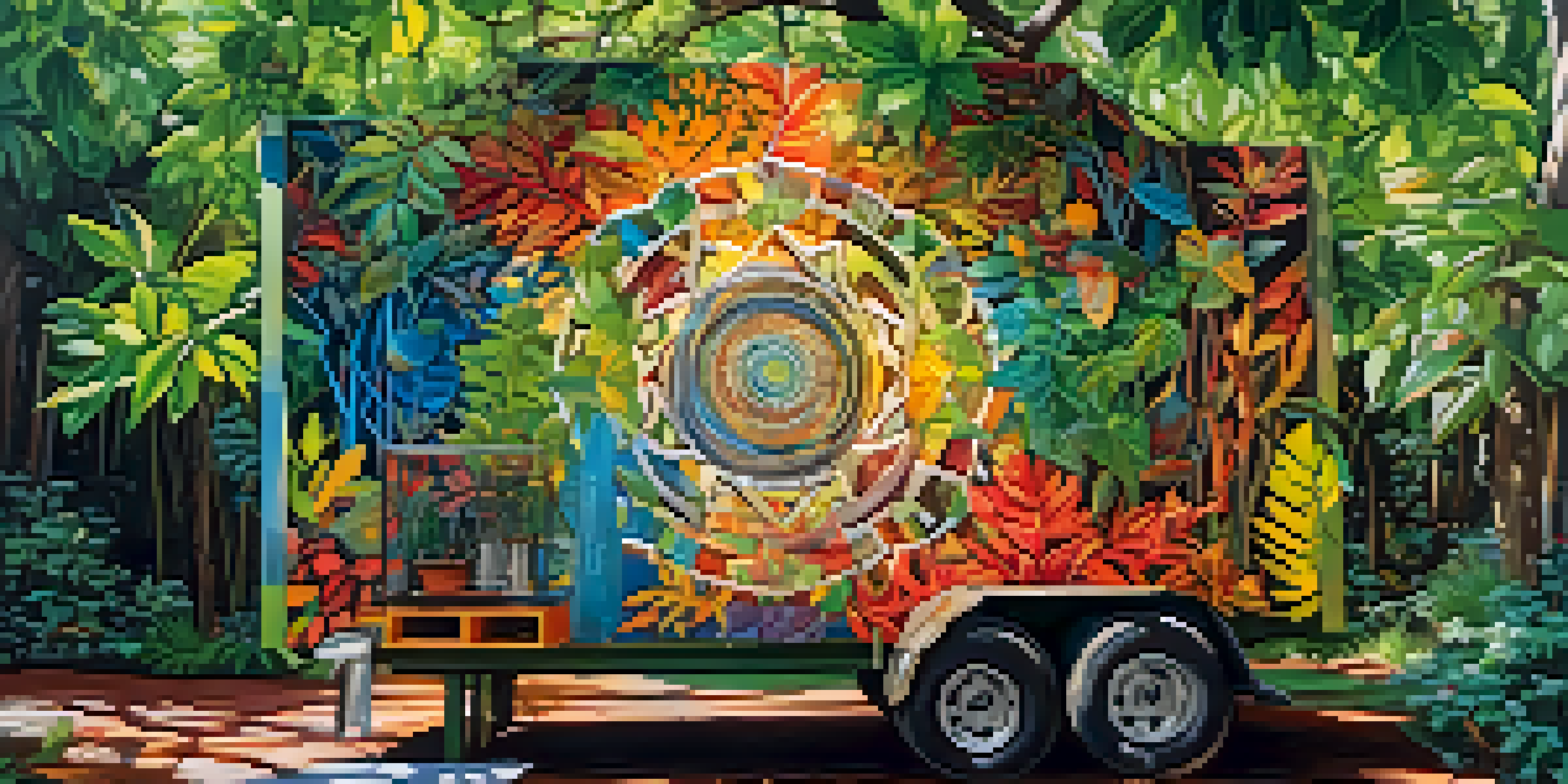Art Criticism and Environmental Issues: A Growing Concern

Understanding Art Criticism in Today’s Context
Art criticism is the practice of analyzing and interpreting art, offering insights into its meaning and impact. In today's fast-paced world, where environmental concerns are at the forefront, art criticism has evolved to include discussions around sustainability and ecological awareness. Critics are not just evaluating aesthetics anymore; they are also exploring how art reflects, critiques, and influences our relationship with the environment.
The Role of Artists in Environmental Advocacy
Artists have an influential role in shaping public perception of environmental issues. Through their work, they can raise awareness and inspire action, often using their platforms to highlight pressing ecological concerns. For example, installations made from recycled materials can prompt viewers to rethink waste, while powerful visuals of climate change can evoke a sense of urgency and responsibility.
Art Criticism and Sustainability
Art criticism now encompasses discussions on how art reflects and engages with environmental sustainability.
How Art Criticism Addresses Environmental Themes
Art criticism now often addresses environmental themes, examining how artists depict nature and ecological crises. Critics analyze the techniques and materials artists use, focusing on whether their practices align with sustainable principles. This scrutiny not only enhances the understanding of the artwork but also encourages a broader conversation about the role art plays in advocating for the planet.
The Intersection of Art and Activism
The line between art and activism is increasingly blurred, with many artists using their work as a form of protest. This intersection allows for a powerful dialogue about environmental issues, as art becomes a means of voicing dissent and inspiring change. For instance, community murals addressing pollution can transform urban spaces and galvanize local action, showcasing how art can serve as a catalyst for environmental advocacy.
Artists as Environmental Advocates
Artists play a crucial role in raising awareness about ecological issues, using their work to inspire action and dialogue.
Critiquing Environmental Art: Challenges and Opportunities
Critiquing environmental art presents unique challenges, as critics must balance aesthetic evaluation with the significance of the message. It requires a deep understanding of both artistic merit and the complex environmental issues at play. However, this challenge also presents opportunities for critics to engage in meaningful discussions that can inspire change, encouraging audiences to reflect on their own environmental practices.
The Importance of Authenticity in Environmental Art
Authenticity is crucial when it comes to environmental art, as audiences are increasingly discerning about the genuine commitment of artists to sustainability. Art that feels contrived or superficial may fail to resonate with viewers, while authentic works can foster a deeper connection and inspire action. Critics play a vital role in recognizing and promoting artists who genuinely engage with environmental issues, thereby supporting a culture of accountability.
Authenticity in Environmental Art
The genuine commitment of artists to sustainability is essential, as authentic environmental art resonates more deeply with audiences.
The Future of Art Criticism in Environmental Discourse
As environmental issues continue to escalate, the future of art criticism will likely evolve to meet these challenges. Critics will increasingly need to incorporate ecological perspectives into their analyses, recognizing the importance of sustainability in artistic practice. This shift will not only enrich the discourse surrounding art but also emphasize the critical role that creativity plays in addressing global environmental crises.
Conclusion: Art as a Reflection of Environmental Concerns
Art serves as a powerful reflection of societal concerns, and environmental issues are no exception. Through thoughtful criticism and analysis, we can deepen our understanding of how art responds to and shapes our perception of the environment. By fostering this connection, we not only appreciate art on a deeper level but also encourage a collective movement towards a more sustainable future.